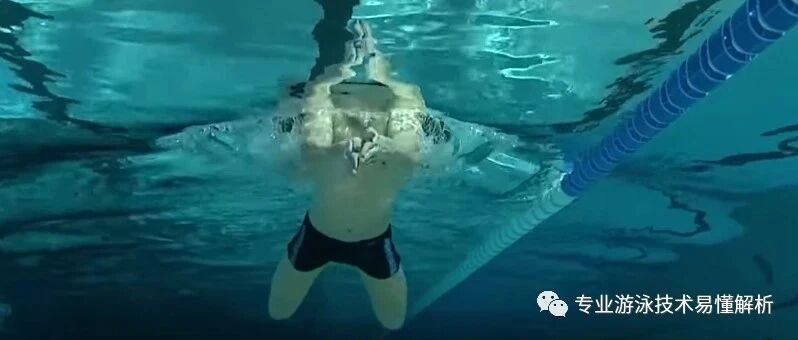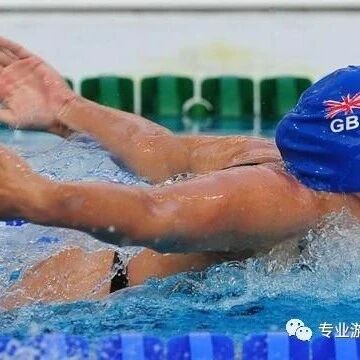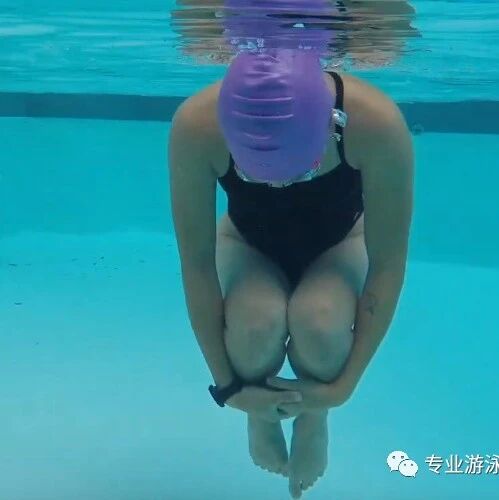A strong, efficient freestyle kick is a key component in improving your swimming speed. When you first start practicing the freestyle kick, it’s natural to rely on instinct and apply force—however, this often leads to muscle tension, resulting in stiffness during your kicks. To master the freestyle kick, it’s best to begin with a two-beat rhythm, mimicking the natural cadence of walking. Focus on transitioning smoothly from kicking to pushing the water, shifting your power from your feet to your thighs—and eventually engaging your hips to drive the entire motion. This takes time and consistent practice, so don’t rush the process. Once you’ve grasped the proper technique, integrate these drills into your regular swimming routine. Over time, you’ll notice your freestyle kick improving almost effortlessly, enhancing both speed and efficiency in the water.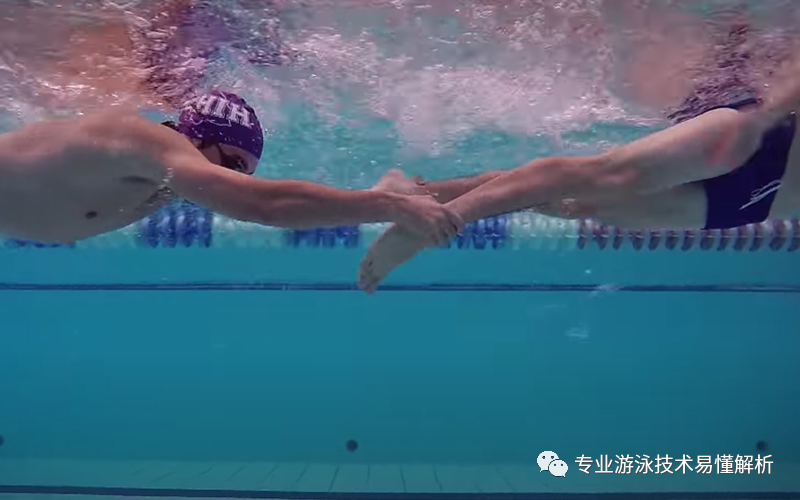 1. When kicking, be mindful of using the instep to push the water forward.The freestyle kick actually involves pushing the water with the tops of your feet—while the arm strokes pull the body forward, the leg kicks propel it even further. As you kick, one leg presses down against the water, while the other leg relaxes and naturally rises back up. Beginners often focus solely on the frequency of their kicks, neglecting the sensation of their foot’s upper surface making contact with the water. As a result, that natural upward movement of the legs frequently turns into an active lifting motion, causing the heels to easily pop out of the water. This kind of incorrect kicking technique is counterproductive and can hinder your progress.
1. When kicking, be mindful of using the instep to push the water forward.The freestyle kick actually involves pushing the water with the tops of your feet—while the arm strokes pull the body forward, the leg kicks propel it even further. As you kick, one leg presses down against the water, while the other leg relaxes and naturally rises back up. Beginners often focus solely on the frequency of their kicks, neglecting the sensation of their foot’s upper surface making contact with the water. As a result, that natural upward movement of the legs frequently turns into an active lifting motion, causing the heels to easily pop out of the water. This kind of incorrect kicking technique is counterproductive and can hinder your progress.
Some swimmers have experienced the sensation of pushing water with the top of their feet and aim to increase the surface area in contact with the water. They try to retract their calves completely before using the entire lower leg to push backward. While this technique significantly boosts propulsion, the simultaneous retraction of the legs actually creates a pulling motion that drags the body backward—counteracting the forward momentum and ultimately slowing down the swimmer. Therefore, when kicking, it’s crucial not to lift the calves upward. Whether pressing down on the water or lifting the legs, the power should originate from the thighs—not from the feet or calves, which can lead to inefficient, jerky kicking motions.
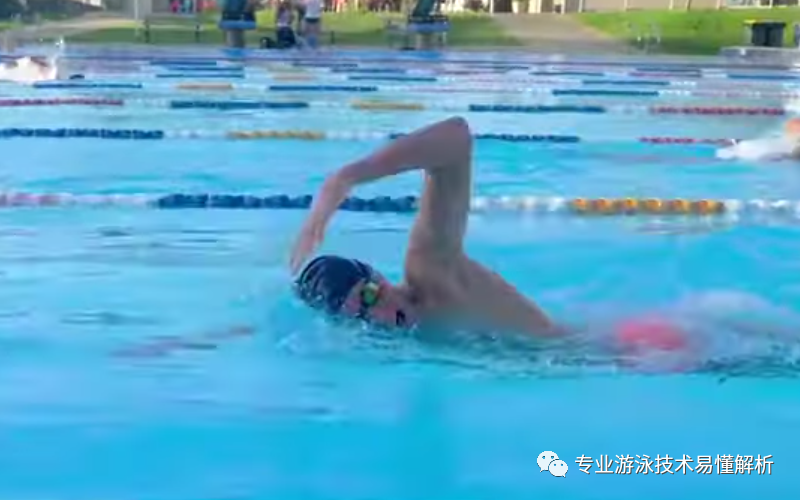
2. The double-beat kick is the most fundamental leg-kicking rhythm.For beginners learning the freestyle kick, kicking primarily helps keep their legs afloat but doesn’t yet generate efficient forward propulsion. Only by increasing the frequency of the kick can swimmers start to achieve better water movement. That’s why, in most traditional teaching methods, students often begin with six-kick drills while holding onto a kickboard—some coaches even believe that mastering the six-kick rhythm is essential before progressing to the two-kick technique. However, this approach can sometimes feel overly rigid. In reality, the two-beat kicking rhythm closely mirrors the natural cadence of walking on land, making it far easier for swimmers to grasp the proper mechanics of the kick.When walking, the coordinated movement of leg strides and arm swings naturally encourages a smooth, effortless hip rotation. Of course, for individuals with spinal misalignment or those who sway their shoulders while walking—or experience uneven shoulder heights—it may affect the hip-rotation effect, but that’s a separate issue altogether. In swimming, as long as your body remains straight and your centerline stays stable, maintaining a rhythmic "double kick" technique will allow you to clearly feel the connection between hip rotation and leg propulsion. As your hips rotate downward, your legs naturally relax and float upward—preparing for the powerful downward kick; and when your hips roll upward, your legs instantly engage, driving forcefully through the water.
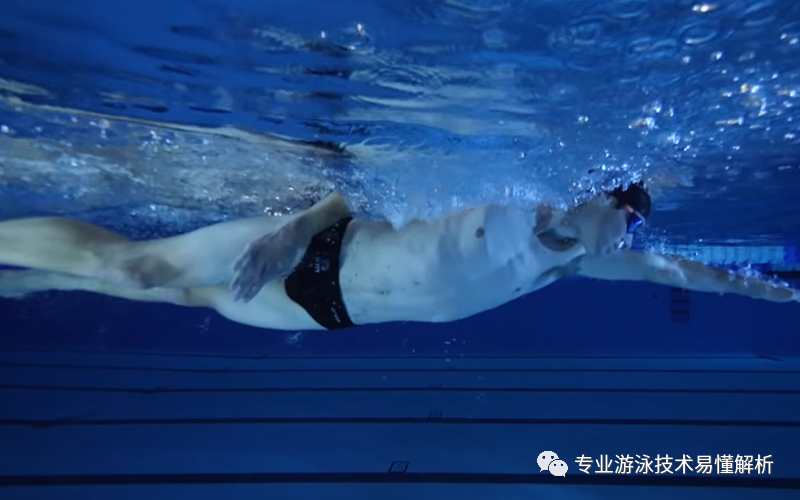
3. Building confidence in your kicking technique is crucial.
Many swimmers have experienced this: after paddling hard with their legs for a long time, their bodies just don’t move forward—no matter how much they try to increase the kicking frequency or push harder against the water. As a result, their progress remains painfully slow. At such moments, they might start doubting how difficult freestyle kicking really is, losing both the motivation and confidence to keep improving their technique.
Actually, it’s always hardest to get started—this holds true for kicking as well. Once you find the right feel, though, learning becomes much easier, and from there, progress flows much more smoothly. That’s why I recommend swimmers use fins when first practicing their kick, especially shorter ones—they can help you quickly identify the correct muscle engagement and positioning. As you start to "get the hang of it," remove the fins and try kicking with the same targeted areas. If your technique starts to feel less effective, simply slip the fins back on—and repeat this process several times. Before long, that initial sensation will become more stable and lasting, signaling that you’ve truly mastered the kick. And remember, as you swim longer distances, your kicking technique will naturally improve over time. One key tip: avoid spreading your legs too wide while kicking; keep the distance between your feet no greater than about 30 centimeters, ensuring your feet remain aligned in a straight line with your calves, almost as if you’re wearing sky-high heels!




